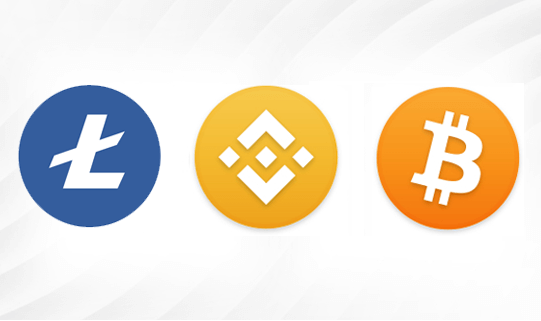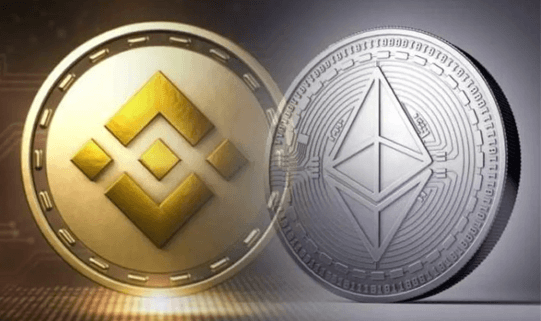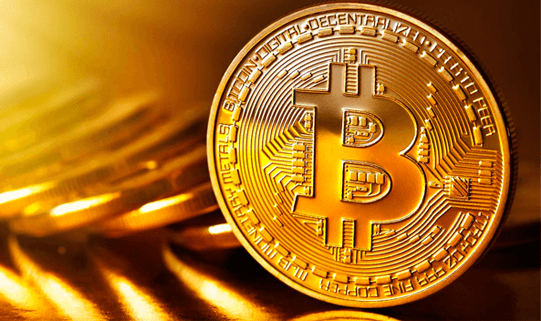When we talk about Tokenomics we refer to the economic system that determines how a token is used and valued. Without a well-designed tokenomics, a project can quickly fail. That is why it is important that investors and stakeholders evaluate it before deciding whether or not to participate. In this article, we will see what tokenomics is and why it is important.
What is Tokenomics and why is it Important?
Tokenomics refers to the incentives and market mechanics of a given cryptocurrency or token. It includes an evaluation of the token issuance, pricing, allocation and combustion models, as well as its governance model that drives the sustainable growth of a blockchain project. Understanding these components helps investors assess the long-term development prospects of a cryptocurrency project. Tokenomics provides insight into how financial tokens interact within the native ecosystem, helping to ensure it remains healthy and balanced for sustained growth well into the future.
With this in mind, the teams blockchain they must spend time mapping out their token model thoroughly to ensure the long-term sustainability of their projects.
Tokenomics is a powerful tool to unlock the potential of technology blockchain and facilitate self-sufficient economic ecosystems. This diversification allows projects to adopt different protocols, driven by a different set of principles and ideas to create new use cases.
Its success will largely depend on the strength of the project and its innovation, and those that prove their worth will have the ability to bring tangible assets into a digital realm with tokenization mechanisms that promote unique interactions. In this way, tokenomics can be used as a powerful enabler, driving transformational projects and having a significant impact in the real world.
Key elements of a Tokenomics
Offer and demand: Supply and demand are essential factors that can determine the price of any asset. In cryptocurrencies, there are specific metrics that measure your token supply.
The first is the maximum offer, which indicates how many tokens will exist throughout the life of the coin. For example, Bitcoin has a maximum supply of 21 million tokens, while Litecoin has 84 million and Binance Coin (BNB) has 200 million tokens in circulation.
The circulating supply refers to the total number of tokens that are actively circulating on the market at the moment; this metric is further influenced by token minting and burning, or locked tokens used in other applications. All of these metrics have an impact on the current value of the cryptocurrency token.
Utility: The utility of tokens is an increasingly important component of the world of cryptocurrencies. Built on underlying cryptocurrencies like Bitcoin y Ethereum, tokens are built with specific uses in mind. For example, the token BNB Faucet it has a variety of utilities: it can be used to feed BNB Chain and pay transaction fees, receive discounts on trading fees on the BNB Chain, and function as a community utility token. Furthermore, users can also opt for BNB staking to earn additional income.
Beyond these popular use cases, other tokens have distinct applications as well. Governance tokens give their holders the power to vote on changes to their token's protocols. Stablecoins serve as digital currency, while security tokens represent real-world assets. As such, the utility of tokens is a broad concept due to its wide variety of potential applications.
Distribution: It is important to take into account the distribution of tokens when studying the different cryptocurrencies. In general, there are two main types: a fair release and a pre-mining release.
With a fair toss, the coin is minted and distributed to the public with no early access or private allocations. BTC and Dogecoin are prominent examples of this type of release. However, with pre-mining, a certain portion of the tokens can be allocated to a select group before being put on the market for general purchase. Ethereum y BNB Faucet are notable representatives of this type of launch.
It is also advisable to check to what extent the distribution of tokens is uniform among the different stakeholders; having too many owned by large organizations could be precarious for some people.
Token burning: Token burning provides a level of control for the total supply of cryptocurrency tokens and helps ensure that the market is not flooded. As a result, token prices remain stable and are easier to predict. By permanently reducing the supply in circulation, it also increases the confidence of investors in a particular project, since they can expect an increase in demand when more tokens are withdrawn from circulation.
Furthermore, the burned coins could be used strategically by crypto projects, for example driving up the price before an IEO or incentivizing team members with higher rewards thus creating greater opportunities for projects over time.
Incentives: Incentive mechanisms are essential in tokenomics, as they determine how participants are motivated to ensure their long-term sustainability. One of the best-known models is the system for granting blocks and commissions for transactions of Bitcoin, which demonstrates a perfect example of an effective mechanism.
Another validation protocol that is receiving increasing recognition is the Proof of Stake mechanism, which allows participants to lock up tokens for a chance to validate transactions and earn rewards based on their contribution. A higher number of locked tokens means a higher chance of being selected as a validator, which simultaneously reveals a higher potential risk, since any damage to the network would translate into a decrease in the value of its assets.
The future of tokenomics
The token economy has undergone an evolution since its inception through the Bitcoin network in 2009, with developers exploring multiple models. Some have prospered and some have not, depending on the quality and robustness of the design. Bitcoin's economic model remains one of the most enduring, having proven its longevity. In stark contrast to it, there are also the non-fungible tokens (NFT), whose strength lies in its digital scarcity, as well as possible future tokens representing tradable assets such as real estate and works of art. This is certainly an exciting era for tokenomics and marks another step on the road to a truly decentralized global economy.
Conclusion
Tokenomics is essential when determining whether to invest in a certain cryptocurrency. It involves consideration of numerous factors that determine a token's value, and no single factor can provide the necessary information on its own. Any sustainable conclusions drawn from these observations should be based on extensive research to ensure that you have as much knowledge as possible before making an investment decision. In addition, it may be advantageous to also incorporate other fundamental analysis methods when evaluating the future prospects of a project, as well as the probable cost of the token in question.
Tokenomics plays a key role not only in predicting price movements, but also in deciding which use cases can potentially be supported by a given token, because of this it is extremely important that you spend time on it. to the tokenomics of your project, do not hesitate to contact us if you need help with this.






